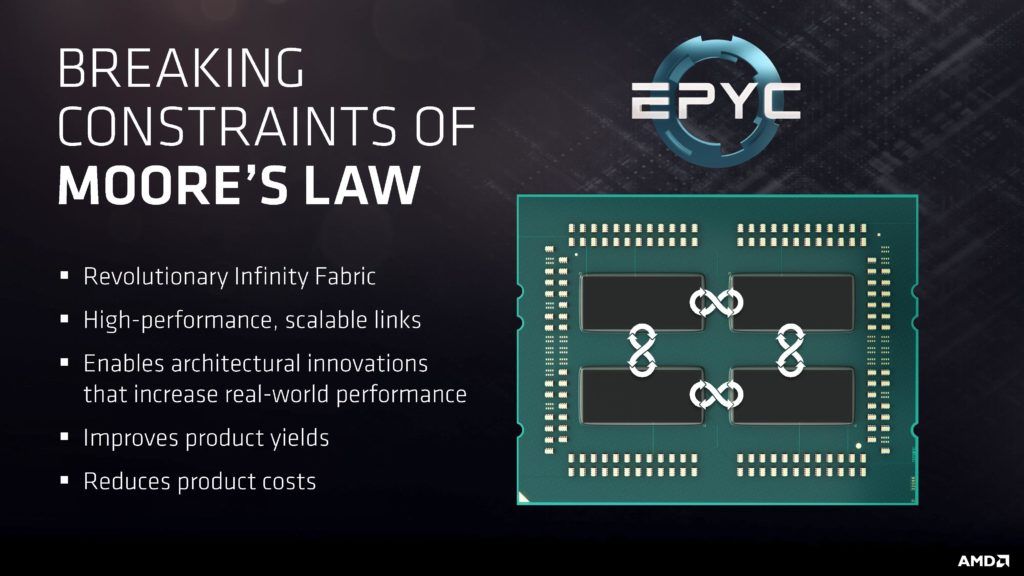The next generation of Ryzen processors could have more cores without causing software saturation. We’ll tell you everything.
As we learned from an interview with Mark Papermaster, AMD’s Chief Technology Officer. Even though AMD has launched Ryzen 9 to offer a range of products to enthusiasts, it looks like the next generation of chips will be even bigger. According to Mark, the innovations will not only go along with the kernel but also with support for the DDR5 interface and PCIe 5.0 support.
From AMD, they ensure that the increase in cores depends on the number of applications that can balance the benefits of these cores without saturation by software. When asked whether it would make sense to increase the Ryzen range to 32 cores, Mark replied as follows:
We don’t see any threat of mainstream barriers, and that’s because it’s time for the software to take advantage of the multicore approach. We have overcome this hurdle; now more and more applications can take advantage of multithreading and multicore.
In the short term, I don’t see any saturation of the cores. You have to be careful when adding cores because you don’t want to add them before the application can use them. As long as you maintain this balance, I think we will continue to see this trend.
Infinity Fabric to take advantage of Ryzens performance
According to Moore’s Law, each node reduces the possibilities of frequency scaling, but AMD is able to take advantage of the performance of Ryzen using Infinity Fabric.
This technology is implemented in all Ryzen, Threadripper and 7nm EPYC. With Infinity, for example, Ryzen was able to achieve faster cache speeds. Mark has assured that Infinity Fabric will continue to evolve in the next Zen routes with higher bandwidth interfaces such as DDR5 and PCI 5.0. Between 2021 and 2022, we would see this.
AMD is also considering integrating BFloat 16 into the next generation of EPYC processors. To enjoy everything Mark Papermaster said in the interview, we have to wait 2 or 3 years. In theory, the node of these processors would be 5nm, so we would be talking about a breakthrough that is very important.
